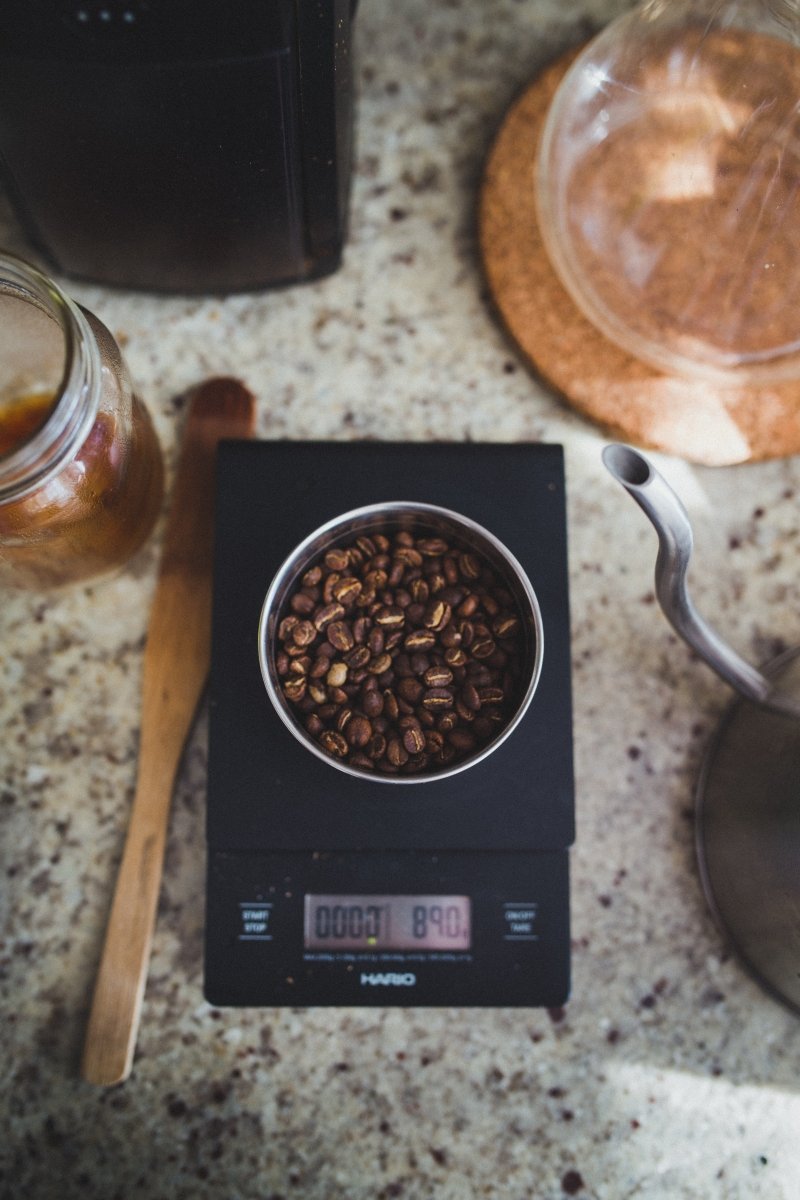The term “coffee third wave” is now an integral part of our daily vocabulary. It designates our relationship with coffee that we have today: a tailored coffee, in which the origin, recipe and appearance can be managed. However, talking about the “third” wave means that we have experienced a first and second wave in the past. That’s why Café Liégeois offers you a history lesson concerning coffee in the past century.

The first wave: useful coffee
At the beginning of the 20th century, coffee had one simple function: energy gain. The function of the caffeinated beverage finds its peak throughout wars, where soldiers were given caffeine to mask their fatigue on the battlegrounds. It’s in this optic that soluble coffee is synthesized: a quick and cheap coffee, which taste was not important as long as it had a high caffeinated value.
The second wave: pleasure coffee
During the glorious Thirties and the development of a consumption society, small coffee shops such as Starbucks opened their doors, bringing with them the importance of the taste of coffee. Consumers therefore rediscovered nuances, origins and the making of this beverage. New aspects of coffee also made their day view: declined into a cappuccino, moka, latte, etc. The coffee break therefore becomes a moment of well being, to enjoy.
Third wave: coffee as a work of art
It’s thanks to a movement that was born in Portland in 2002 that coffee moved its way up the ranks of gastronomy. It is given the status of a craft and subtle product that is the fruit of a complex process.
Similarly, new jobs make an appearance: Baristas become a real reference and are nicknamed the sommeliers of coffee.
In addition to its taste, the appearance of coffee is now important; latte art becomes a discipline that is increasingly democratized.

